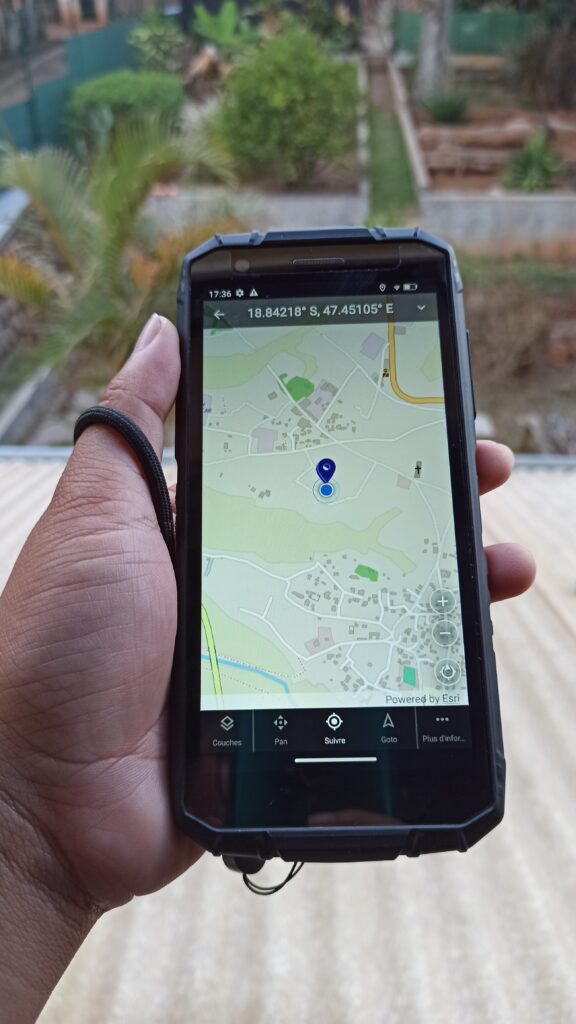Madagascar perfectly illustrates why Seacology focuses on islands. Thousands of species on this isolated island exist nowhere else; if they are lost there, they are lost to the world forever. Many of them, sadly, have already been lost. Many Malagasy people are very poor, and in desperation turn to poaching, logging, mining, and slash-and-burn agriculture.
This project will conserve three tracts, totaling more than a thousand acres, of dry spiny forest. Over 80% of the island’s spiny forest has already been cut, primarily for charcoal production. These new protected areas cannot be used or exploited, which will protect the habitat of many threatened or endangered species. One is the once-abundant radiated tortoise. Poaching and habitat destruction have driven down its population; given current trends, the species could be extinct in the wild within 20 years. Similarly, the population of a critically endangered lemur called the Verreaux’s sifaka has declined by more than 80% in 30 years. The forest is also home to spider tortoises, ring-tailed lemurs, chameleons, and several species of rosewood—all endangered.
Our partner is the Turtle Survival Alliance (TSA), which has built solid relationships with these villages. TSA reintroduces to the wild animals seized from smugglers and works to preserve spiny forest. TSA funds schools and provides environmental education, training, and jobs at its Conservation Outreach Center in Ala Mahavelo.
Most villagers grow crops and raise livestock, but deforestation, climate change, and water insecurity are disrupting their livelihoods . They frequently need food aid from international organizations. Healthy forests would help ensure a regular water supply, more productive soil, and sustainable forest products. To that end, villagers will learn how to run tree nurseries and plant native trees. Volunteers, trained as forest guards and outfitted with GPS, phones with solar chargers, and boots, will patrol regularly with TSA staff.




